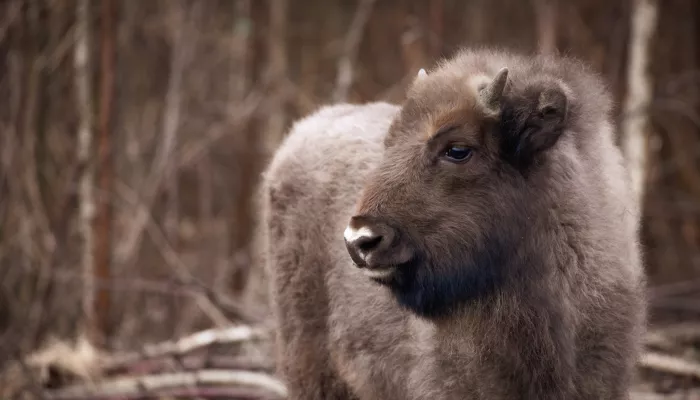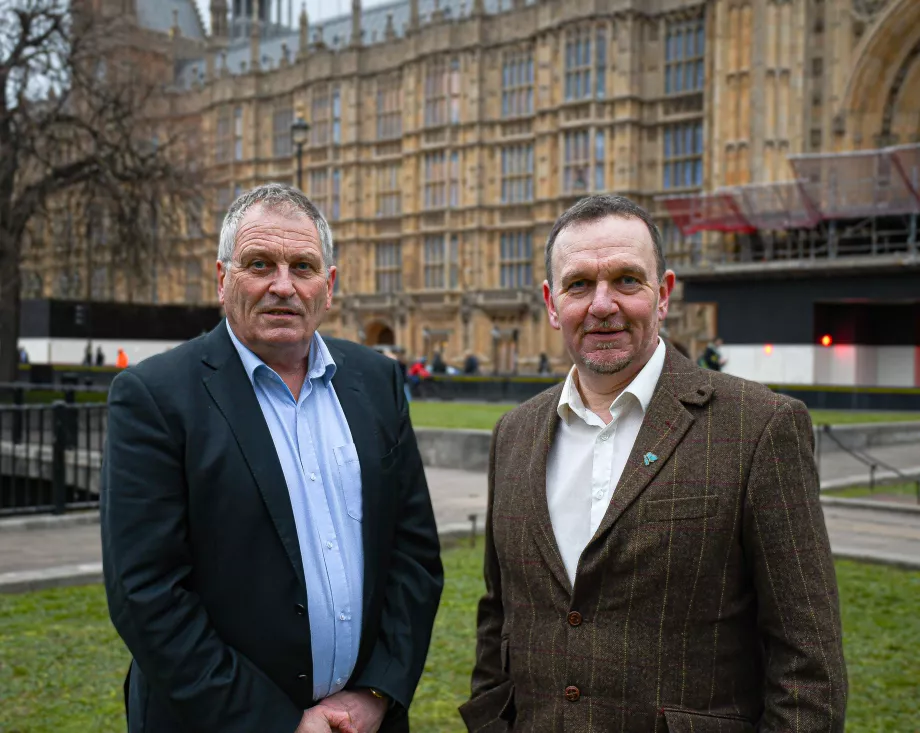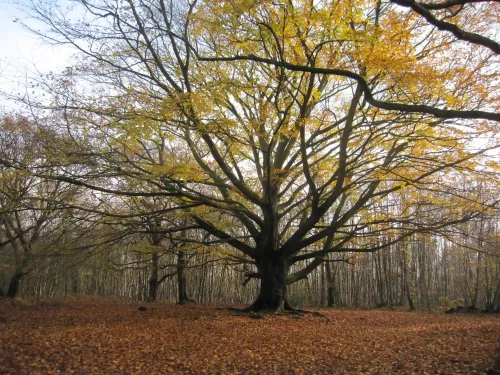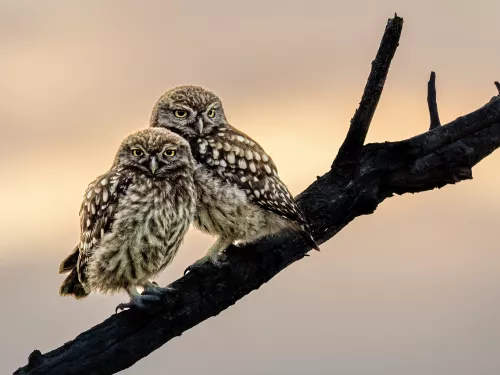
10 must-visit Kent woodlands
Be sure to check out these 10 woods whilst exploring Kent, each offering something a little different across the county.


Alistair Driver and myself outside the houses of parliament. © Tim Horton
At our hearing, the Committee was very focussed on risks rather than opportunities. And the NFU – in particular – were pretty negative towards “high profile” potential species introductions, which was unsurprising given that a few days earlier the Environment Secretary Thérèse Coffey, had declared wolves and lynx as unnecessary in the UK at the NFU conference.
Subsequently, the committee visited Bavaria to look at beaver management, and during the March hearing they seemed noticeably more engaged and positive. Seeing reintroductions/ wilding in action is a powerful thing.
My main message at our hearing in February was that species reintroductions/ translocations are necessary to deliver UK targets to restore nature including the recently signed Kunming-Montreal Global Biodiversity Framework that the government signed in December 2022. This requires that:
Integrity, connectivity, and resilience of all ecosystems are maintained, enhanced, or restored
We know ecosystem engineers (keystone species) like beaver, bison and boar can reinstate natural processes creating dynamic, resilient habitat with more niches for animals and plants - boosting biological diversity and abundance. Their reintroduction must feature prominently in multiple delivery strategies.
Added to this, I made the case that we’re going to need to rapidly increase the speed and volume of translocations: assisting existing native species to move northwards across our fragmented landscape as we begin to repair them courtesy of the keystone species.
So, as Alastair Driver put it, we need to move from a “no; why?” culture to a “yes, if” one. We need to make it easy to take nature positive reintroductions and translocations providing proportionate good practice is followed. This, as everyone on our panel agreed, means a tiered approach to dealing with reintroductions/ translocations based on relative risk e.g. from light-touch translocation of native invertebrates vs. a more rigorous approach to apex predators all within the context of an objective assessment of risk and – crucially – wider societal benefits.
Underpinning this, we also all agreed a clear need for transparency around the Terms of Reference, membership, workings and advice to government from the new ESRT – none of which was available at the time. Plus, that management strategies for reintroduced species (particularly those at the perceived ‘riskier end’) are co-created with multiple stakeholders and put in place ahead of releases.
Irrespective, a heavy bureaucratic hand seems unnecessary for a lot of species, particularly in terms of translocations. And, I was, therefore very interested to hear what Natural England and the chair of the ESRT had to say at the 3rd and final hearing this month. More to come on that in part 2.

Be sure to check out these 10 woods whilst exploring Kent, each offering something a little different across the county.

Natasha Ruskin explores something terrifying: a world without woodlands.

Volunteer Matt Huggins explores some of the lesser-known but still fascinating animals that grace our woodlands.